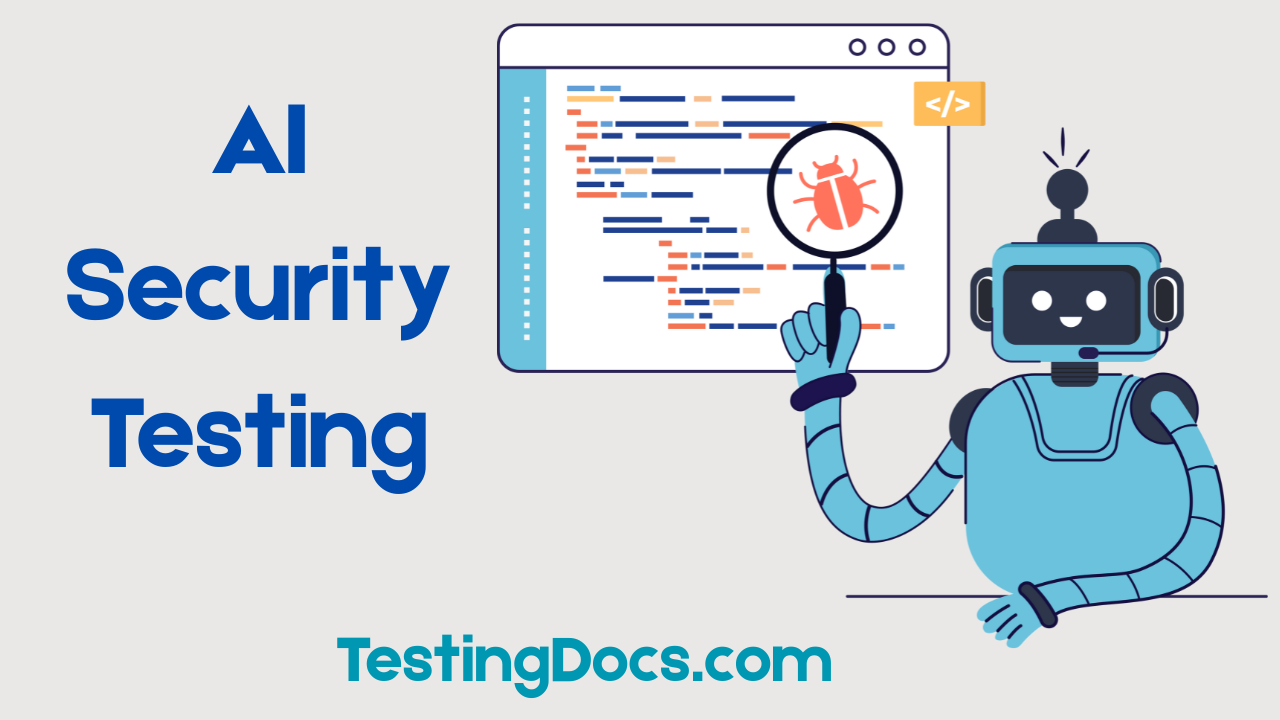AI Security Testing
AI Security Testing
AI Security Testing involves evaluating and ensuring the safety, integrity, and robustness of AI models and systems against various security threats. As AI becomes widely used in sensitive applications like healthcare, finance, and autonomous systems, it becomes critical to test and secure these systems from attacks that could manipulate or exploit them.
The main purpose of AI Security Testing is to identify and mitigate security vulnerabilities in AI models, ensuring they behave reliably and securely, even when exposed to malicious data, adversarial inputs, or misuse.
What is a Threat?
A threat is a potential danger or malicious action that could exploit a weakness in an AI system, leading to undesired behavior, data breaches, or system failure.
What is a Vulnerability?
A vulnerability is a weakness or flaw in an AI system—such as a poorly trained model, unprotected APIs, or unsecured data pipelines—that could be exploited by a threat to cause harm.
AI systems are vulnerable to a variety of attacks that can compromise their accuracy, reliability, and security. Two of the most common attacks are Data Poisoning and Model Evasion.

Data Poisoning Attack
Data poisoning attacks involve injecting malicious or misleading data into the training dataset to corrupt the AI model’s learning process. In a data poisoning attack, an attacker injects harmful or misleading data into the training dataset. This corrupted data causes the AI model to learn incorrect patterns, leading to wrong predictions or biased decisions. For example, poisoning a facial recognition dataset may cause the system to misidentify individuals.
Model Evasion Attack
Model evasion attacks involve crafting inputs that deceive the model into making incorrect predictions or classifications. In a model evasion attack, the attacker crafts specially designed inputs (also called adversarial examples) that trick the AI model into making incorrect predictions. For instance, adding small, imperceptible noise to an image can cause a classifier to label a stop sign as a speed limit sign.
AI Security testing simulates these attacks to detect weak points and improve defenses. Best practices include using robust and clean training datasets, validating input data, monitoring model behavior, regularly updating models, and applying adversarial training techniques to make models resilient against attacks.
